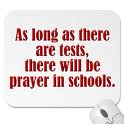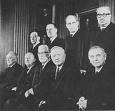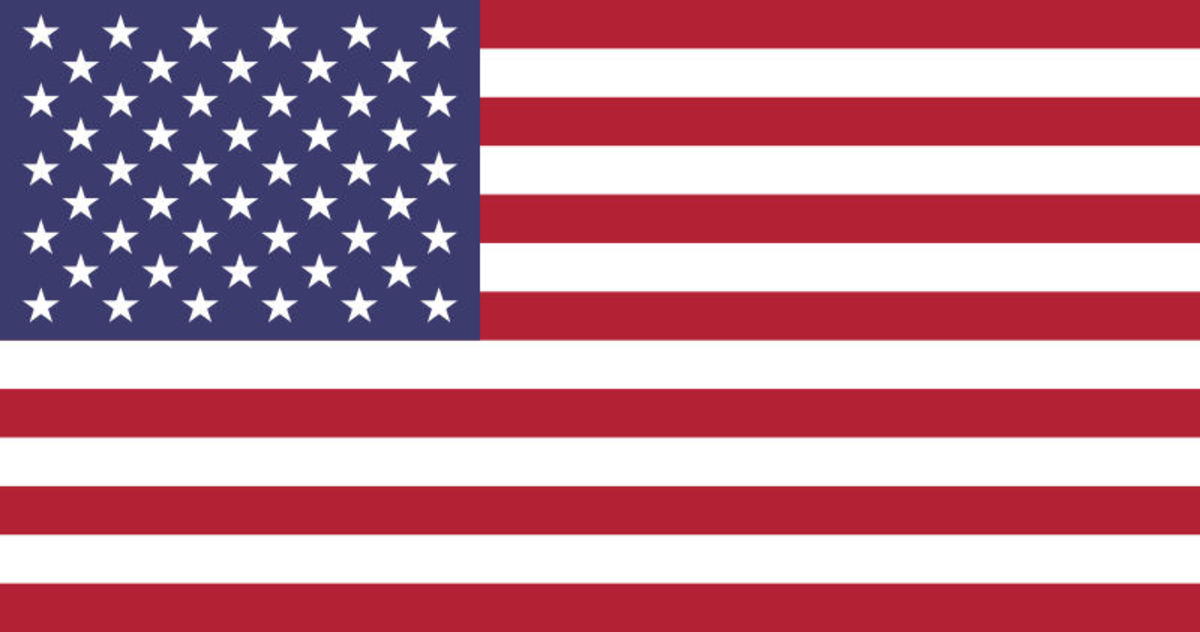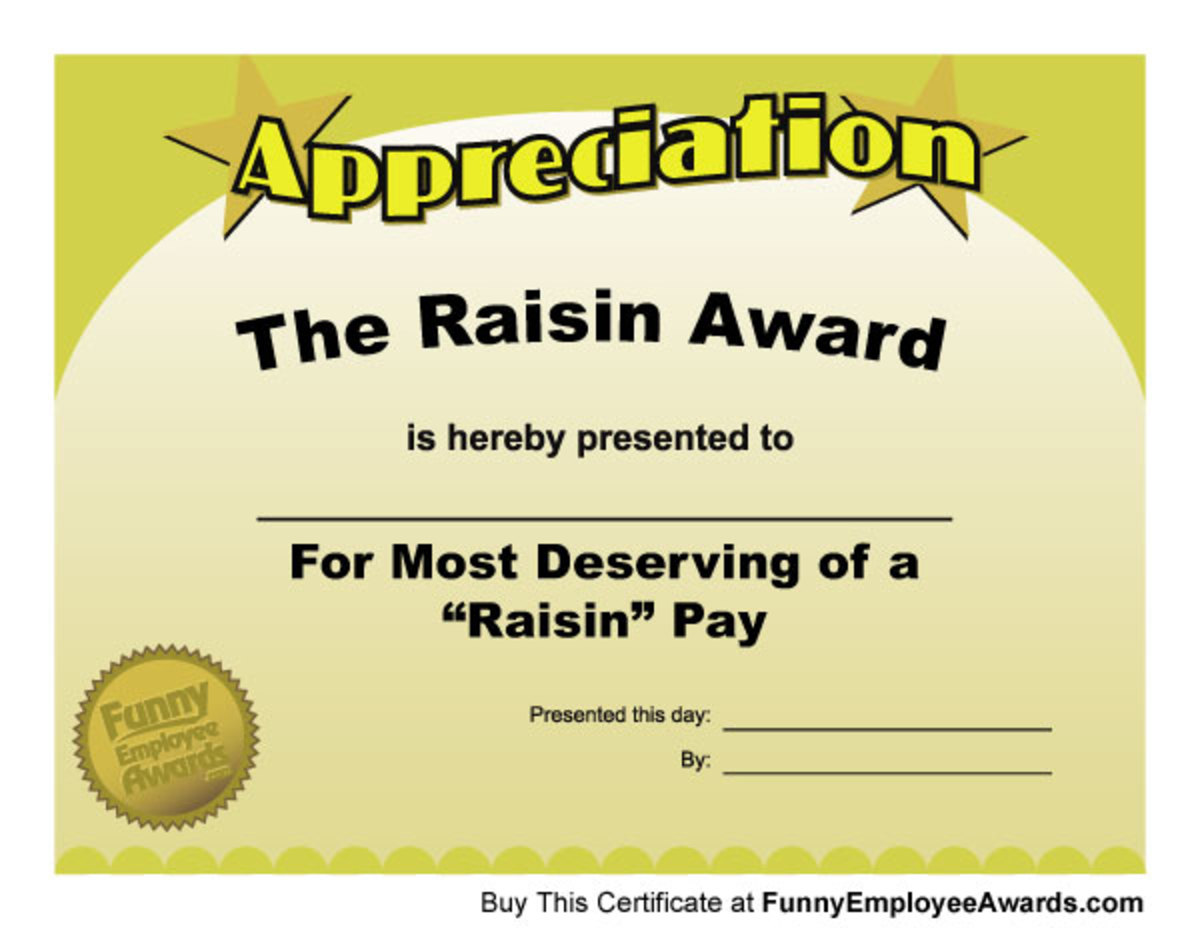A Separation of State or A Denial of Rights.....

What New Teachers Should Know
“Congress shall make no law respecting an establishment of religion, or prohibiting
the free exercise thereof; or abridging the freedom of speech, or of the press; or the
right of the people peaceably to assemble, and to petition the Government for a redress of grievances”. (United States Constitution. 1791).
First amendment rights have been of particular concern in the public school education system for many years. Defining what is constitutional and what is not is a topic that is debated regularly in homes, classrooms, on school boards and, in court.
The new teacher in the public education system must have a clear knowledge of the current Supreme Court interpretation of the First Amendment; It’s ramifications in the classroom and in the general school environment.
It is generally held that the original signers of the United States Constitution wanted all people who came to the United States to be “free” in the establishment and expression of religion, speech and the written press. We know that many of the first settlers in these United States left their home countries for the purpose of being able to express themselves freely in these areas.
So, for the original signers of the constitution to not make a specific provision for the free expression of religion, speech and press would have been a contradictory and ironic act in the eyes of those who were seeking these very freedoms.
Although there are three freedoms mentioned, we want to look at the freedom of speech and particularly religious practices in public schools.
Founding Fathers

A Little History
In Engel v. Vitale (1962), the U.S. Supreme Court struck down a New York Board of Regents policy that provided for teacher-led prayer in public schools. Justice Hugo Black’s opinion said that, “students can pray in school, read the Bible in school and even proselytize as an individual in school, but when the state or agent of the state enters the arena to propose, promote or conduct prayer, that clearly violates the establishment clause.” (Engel vs. Vitale 1962). The state or agent of the state is you, the new teacher.
The farther reaching decision was made by the 1963 U.S.Supreme Court in the case of ABINGTON SCHOOL DIST. v. SCHEMPP,(1963). In this case, Edward Schempp, argued that school-sponsored Bible reading was unconstitutional. The court agreed with him reasoning that the Bible represents Christianity alone, and dailing reading from it constituted the establishment of a religion.
The court interpreted the original intent of our forefathers for students in public schools to include the assumption that church and home would establish and reinforce religious beliefs and practices among students. Schools were not to allow the religious preferences of teachers influence students in any way. The court did not intend for the state to prevent the free exercise of any religion by any student.
Separation of Church and State
As a result of the 1963 decision, the common phrase, “separation of church and state” became spoken of as if it were an actual part of the first amendment wording. In fact is this phrase was borrowed from a personal letter written to some friends by Thomas Jefferson. This is how the story goes.
In the year 1802 the Danbury Baptist Association was concerned that their freedom of religion and practices were not seen as rights, but as favors; favors, which could be taken away at any time. The Baptist Association needed the assurance that their way of worship would not be threatened by state interference. Thomas Jefferson wrote to them to offer them this assurance and in so doing used the phrase, “built a wall of separation between church and state”.
Thomas Jefferson never intended to have this phrase become a rallying point of controversy. His intent was to secure the right of free expression for everyone.

And So....
Educators must understand and be well versed in this legal issue. The rights of all should be protected. In the public school arena, there are students and staff members from all religious backgrounds. And, the provision of free expression covers them all.
Educators must also understand that while in school:
- No student should be prohibited from the free expression of their religious beliefs.
- Students are allowed to engage in the free discussion of religious beliefs
- Students are allowed to express their beliefs and share them with others
- Educators can act as catalysts or facilitators in the discussion of religion but must must not take sides.
- Students can be encouraged to pray whenever desired, reminding them not to disrupt others around them
- Adults have the same First Amendment rights to pray, read their Bible or other Holy Book and to proselytize an individual; and do this all while on state property but only in the presence of other adults.
A Surprising Change
“[I]t might well be said that one’s education is not complete without a study of comparative religion or the history of religion and its relationship to the advancement of civilization.” Supreme Court Justice Tom Clark, Abington Township School District v. Schempp. (1963)
In the last decade, the voice of our forefathers has begun to be heard. School systems across the United States are developing a curriculum that provides for the teaching of religion. Our history is steeped in religious beliefs. Some of the greatest accomplishments, some of the most heroic actions and some of the most amazing discoveries can be traced back to an individual or group of individuals who adamantly believed in God and prayer.
For this reason, continuing to teach United States or World history without revealing the influence religion had on its greatest heros, is remiss. One excellent resource approved by the First Amendment Center is a wonderful 17 volume series by Oxford Press; Religion in American Life. Also provided at the Amendment Center site is a guide on how to use this series in a way that maintains the integrity of the "non establishment of religion " clause.

Finally
It has taken 37 years for the warring sides to settle down and actually hear what the Supreme Court said that day in 1963. We must remember the framers of the constitution were religious men who were escaping from a nation controlled by a state religion. They were bound into another man's way of worship.
Surely, as they wrote the Constitution, their memories stung with the remembrance of that bondage and they tried very carefully to establish a nation in which all citizens could experience the freedom to worship or not.









